A Guide to Dyeing Shirts Using Tie-Dyes
Adding a one-of-a-kind touch to any clothing in a simple and entertaining manner is possible via the use of tie dye. This method may be used to any kind of fabric, from cotton and rayon to wool and synthetic textiles. It can even be done with wool. You are able to design your own patterns as well.
Instruction manual for making a shirt with tie-dye in step-by-step format:
- Gather the necessary supplies: a white or light-colored shirt made of 100% cotton, a tie-dye kit (or individual colors, rubber bands, and a squeeze bottle), a pair of rubber gloves, a plastic bag or plastic wrap, and a workstation that can become dirty are the things you will need to get started.
- Prepare the shirt: The best way to remove any sizing off the shirt is to wash it and then squeeze out any extra water.
- Fold and tie the shirt: Fold the shirt in various ways to produce different designs, such as accordion folds or spiral twists, and then knot it. Fold the shirt in a variety of ways to create different patterns, such as accordion folds or spiral twists. Put the folds in place with the help of some rubber bands.
- Apply dye: To apply the dye, either follow the directions that came with your tie-dye kit or mix the separate dyes in accordance with the instructions that came with their packaging. Make careful to properly saturate the cloth with the dye before you remove it from the shirt by using the squeeze bottle. To get a multicolored look, you may use a variety of colors and apply them in a variety of different regions.
- Allow the dye to set: To prevent the shirt from drying out too quickly, put it inside a plastic bag or cover it with plastic wrap before allowing the dye to take effect. If you want the best results, give the garment some time to sit for at least 6–8 hours or perhaps overnight.
- Rinse and wash: First, remove the rubber bands from the shirt, then place it in a sink filled with cold water and rinse it until the water becomes clear. The shirt should be laundered separately in cold water using a gentle detergent.
- Dry: To dry the garment, either hang it up or put it in the dryer on a low heat setting.
All-purpose fabric dyes
If you are interested in dyeing a shirt with a tie-dye pattern, you have a few different alternatives to choose from. Nevertheless, it is essential to choose a product that is an excellent fit for the project you are working on. Dye options that are designed for both natural and synthetic fibers are consistently among the most sought after options.
Fabric paints are another another alternative to consider. These paints provide superior control over the colors they produce and are simple to maintain. In addition to that, they come in a range of different hues. Because of this, they are fantastic for adorning a broad range of goods, including anything from furniture to apparel.
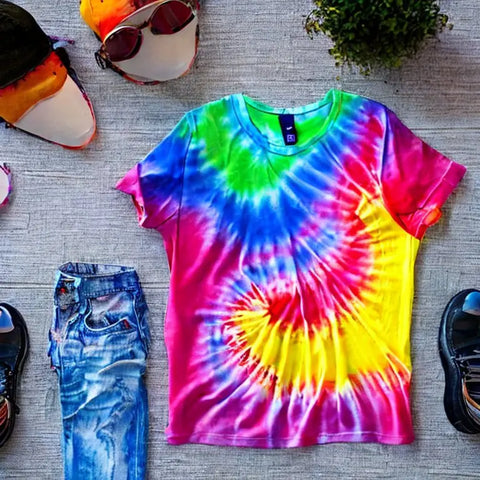
When choosing a dye for fabric, it is essential to take into account the percentage of the fabric's original fiber content that will be covered by the dye. Dyeing using fiber reactive dyes is most successful when done with natural fibers like cotton and wool. In addition, if you want the greatest results, you could find that using the usage of a color intensifier is necessary.
All-purpose fabric dyes are offered in liquid and powder form. It is more convenient to use liquid dyes since they are often already blended together. One drawback is that they often do not create colors that are as bright as those produced by acid dyes. In spite of this, they are a great option for anyone seeking a straightforward method to make a vibrant tie-dyed shirt for yourself.
To begin the process of tie dying a shirt, you must first prewash the cloth. You will be need to make use of a different kind of dye if you are working with a synthetic cloth.
After the cloth has been dampened, the fabric dye may be applied. Be careful to carry out each step exactly as described on the back of the dye package. It is necessary to give the dye some time to infuse into the water before continuing.
You will need to rinse the cloth when the dye has had enough time to set. Be careful to wash it in a separate machine from any other materials.
To get the finest results while dying a shirt, it is recommended that the fabric be heated to a temperature that is higher than seventy degrees. The use of cooler temperatures might result in colors that are more muted and washed out. Additionally, ensure that the cloth is neither very damp or overly dry since any of these conditions will alter the color.
A minimum of fifty percent cotton is required for producing high-quality tie-dyed shirts. Particularly effective are fabrics that combine cotton and polyester.
One-step dyes
Using dyes that just need a single stage of processing is the simplest method for tie-dyeing a garment. These items may be purchased from retailers such as Jacquard, Tulip, and Dharma Trading Company, amongst others. They are all safe to use, simple to apply, and have excellent color retention qualities.
Before you get started, check to see that your clothes is all set up correctly. This requires first cleaning them and eliminating any stains that may be present. You should also make sure to safeguard yourself by using protective gear and gloves made of rubber.
When you are ready to try your hand at tie-dying, collect all of the necessary supplies. You will need water, cloth, dye, and a very tiny bit of laundry detergent in order to do a fundamental tie dye.
If you are going to dye a shirt, you need to put it in a bucket or a plastic bag to keep it contained. Keeping the cloth moist during the dying process helps to achieve a clean result. Rubber bands are another option for securing the cloth and preventing it from moving while it is being used.
Before you get started, you should make sure you've read the directions that are included with the product. Some colors will include instructions on how long to soak the item in the water and dye solution. The majority of one-step dyes have a recommended time range of 6-8 hours; however, the color will become more vibrant if you keep it in the solution for longer.
Cotton, linen, hemp, silk, rayon, and lycra are some of the fabrics that are compatible with tie dyes. It is recommended that you choose a natural material rather than polyester since polyester does not absorb colours very well.
In general, during the first few times you wash an item that has been tie-dyed, you should do it in a separate machine from the rest of your laundry. Because warm water might dilute the color of the dye, it is best to rinse the garments in cold water for the first few times.
After the first washing, you have the option of either letting the garment dry naturally or putting it through the washing machine. The second choice is the superior one for tie-dyed shirts. If you have your machine set to really high temperatures, you may find that the dye begins to peel off the fabric.
It's possible that rinsing the item in cold water is the most effective approach to get rid of the dye you're using, although this will vary from dye brand to dye brand. Vinegar is one of the solutions that will be recommended by many individuals, but you shouldn't follow their advice.
A solution of soda ash may be used to assist the tie-dye pattern become more stable. The pH of the cloth may be brought down by adding soda ash, which is a chemical. Additionally, it smoothes out the creases, which makes it much simpler to deal with.
Materials of a synthetic origin
In the event that you are considering giving tie-dyeing a shirt a go, you should be aware that some textiles are notoriously challenging to deal with. Synthetic textiles, on the other hand, are often treated in order to make them resistant to odor and wrinkles, in contrast to natural materials. In addition to that, they call for a certain coloring agent.
Cotton and silk are two examples of natural textiles that work very well for the process of tie-dyeing shirts. Even while many synthetics can be dyed, the colors that are achieved will be muted in comparison to those that can be achieved with natural fibers.
Dyeing synthetic materials often requires a certain kind of dye. These dyes are often made to function more effectively with certain kinds of fibers, like polyester, in particular.
These dyes, although they have the potential to produce amazing effects, may be more difficult to work with. For example, they don't always saturate the cloth uniformly, and some textiles may even have trouble producing a nice color. Another issue is that they don't always get a good color. You need to test your solution in order to prevent having this issue again.
To begin, you need to make sure that your clothing has been pre-washed. This will guarantee that any items that are resistant to the dye are removed before you begin the dying process.
The surface that will be coloured should next be prepared by covering it with paper towels or plastic wrap and fastening it. Wearing gloves is another important step in ensuring the safety of your workspace.
Making a shirt using tie-dye is a fun activity that the entire family can participate in together. It is also an excellent method for recycling old clothes.
Although the method of tie-dying may at first seem to be complicated, it really isn't that complicated at all. To begin, fold the fabric into a "resist" shape so that the dye cannot penetrate it. The process involves dipping the cloth in buckets of different colors of dye.
After the color has been applied, the dye has to be allowed to set for a number of hours in a warm location. After that, give your clothing a last rinsing in some water that is room temperature.
Applying a fabric paint is still another alternative to consider. This is a more affordable option to the process of dying, but it has to be done at a greater temperature and may be tricky to apply.
In conclusion, you should be aware of the color theory that applies to tie-dye. The final color will be affected not only by the colors that are used, but also by the color of the material that serves as the basis.
It is not difficult to learn how to tie-dye a shirt so long as you have the right information and supplies. There are many of different resources for tie-dyeing designs that can be found on the internet.
Make your own repeating patterns
Crafting with tie dye is a social activity that's a lot of fun. You may design your own patterns for your shirt by selecting from a wide range of colors and methods from the options available. This is a fantastic opportunity to strengthen relationships with either your children or a close friend. When you have a firm grasp of the fundamental steps, you will be ready to move on to more intricate designs.
If you have never tried tie dying before, you should begin by getting your shirt ready. Check that it contains at least 60 percent cotton. When working with the dye, it is essential to protect your hands by using protective gloves.
The first thing you need to do is fold your shirt into the form of an accordion. To keep the form in place, you may bind it with a rubber band or a zip tie. After that, put in some soda ash and dyes.
After you have achieved the color and texture that you want, the next step is to apply the tie-dye pattern. There are many different tie-dye designs available, and it is essential to choose one that can be completed without too much difficulty.
To create a simple tie-dye design on cloth, just scrunch it up and secure it in place using rubber bands. You may create a design that is more elaborate by tying the cloth in a variety of various patterns and shapes. The tie-dye design known as a rainbow arrow is very popular, and it may be executed in any hue of your choosing.
A peace sign is another another design that can be created with tie-dye. The sign for peace may be created with only a simple crumple of the paper.
A tie-dye shirt in the shape of a mandala has one of the most intricate designs. If you follow the directions in the link that is provided below, creating this pattern won't be difficult at all.
Ice dying is yet another fantastic technique for tie-dyeing. You will need a bag or container that is the same size as your garment in order to do this. You will then need to sprinkle the ice over the shirt. Leave the shirt to sit for at least 24 hours.
Before you start tying your shirt, it is a good idea to pre-wash it. It will help your shirt to absorb the dye. Also, it is a good idea to wash your shirts after every tie-dye session. Washing your shirts will help remove any excess pigment from the dye.
Tie-dyeing is a great activity for kids and adults alike. With a little practice, you can master the art of making your own patterns.




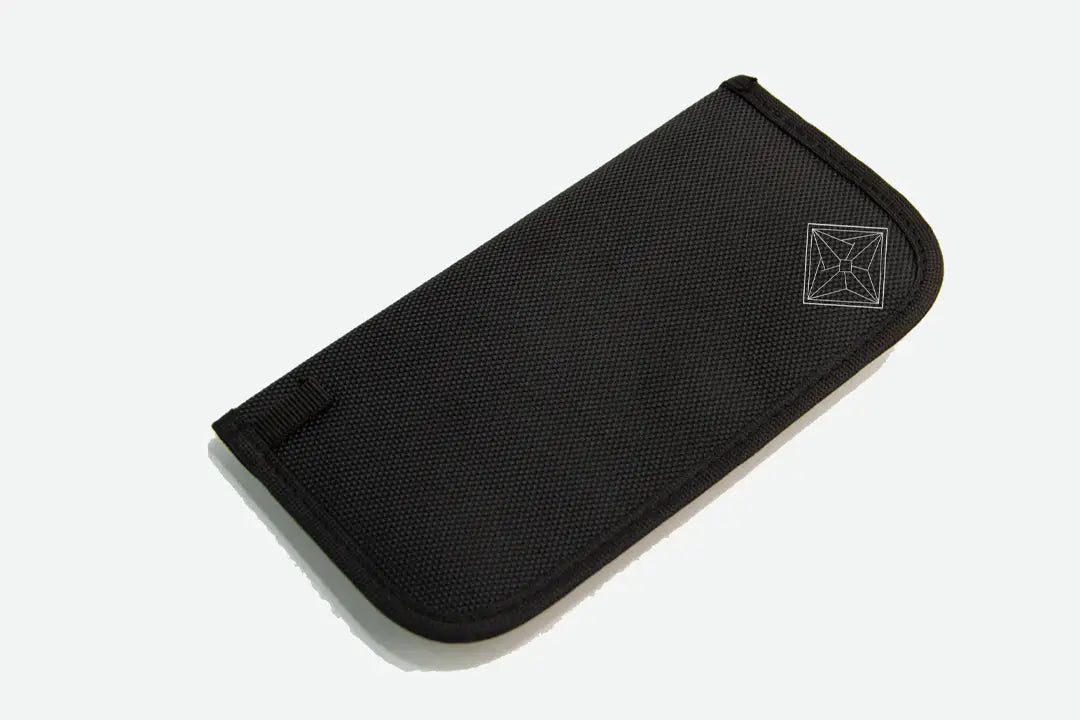
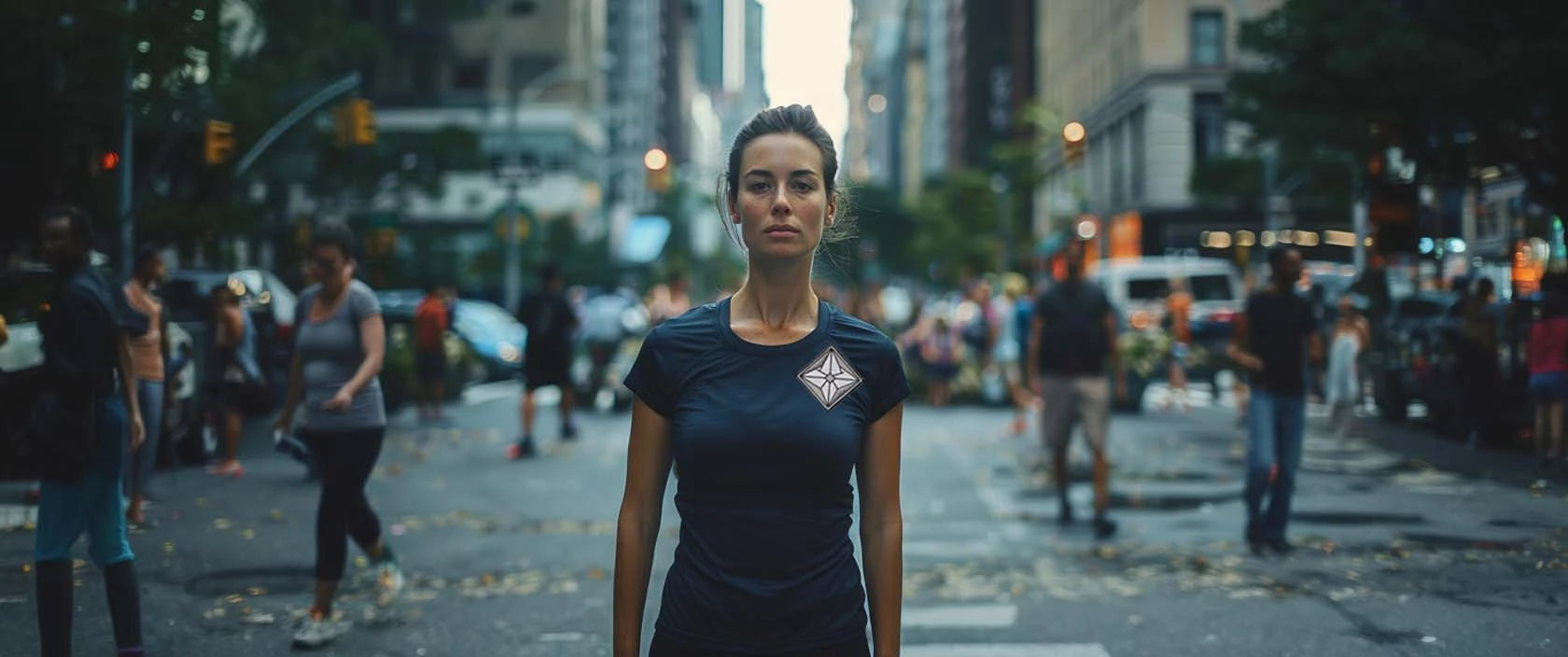

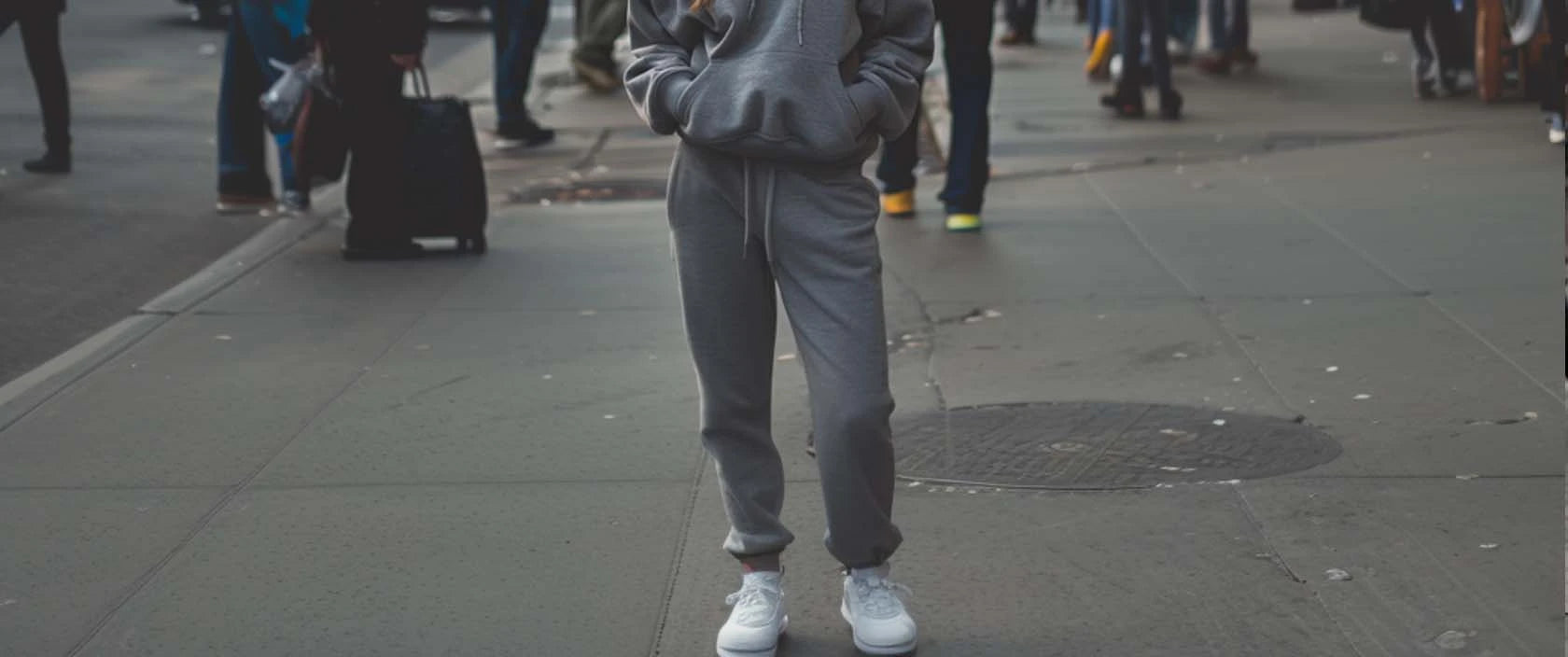
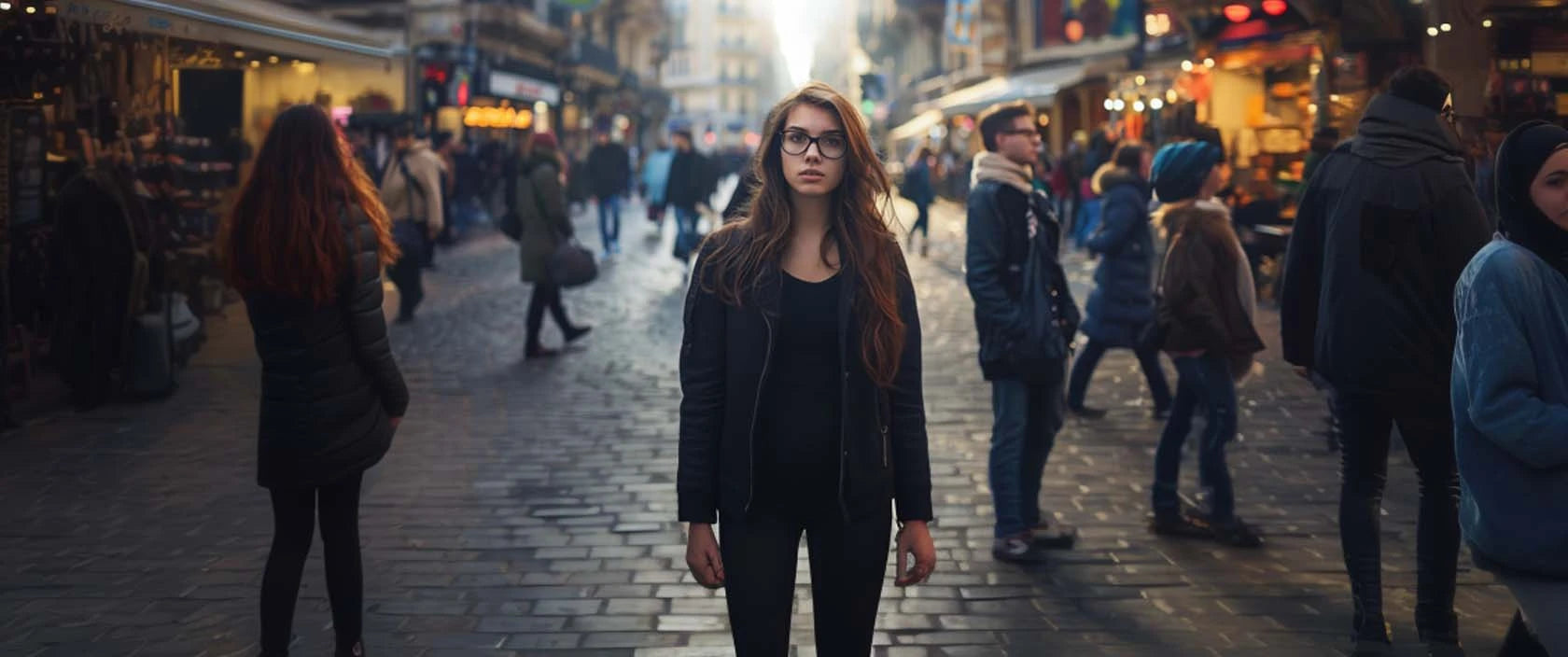














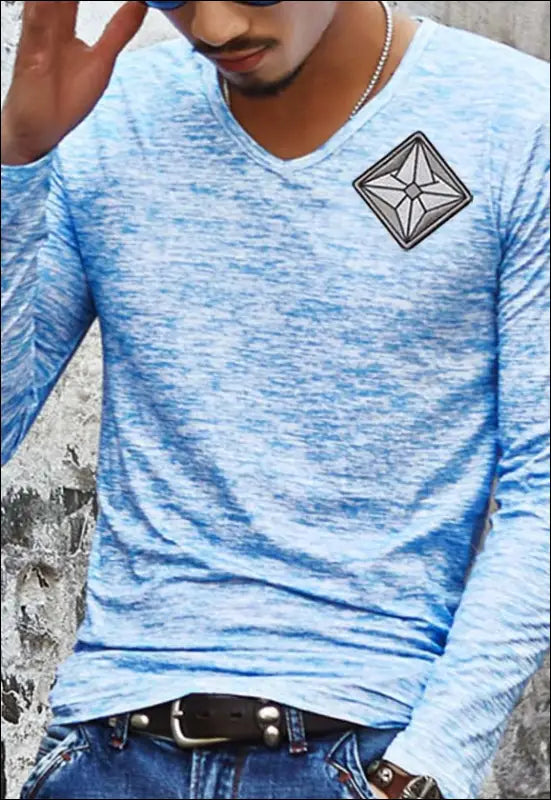









Leave a comment